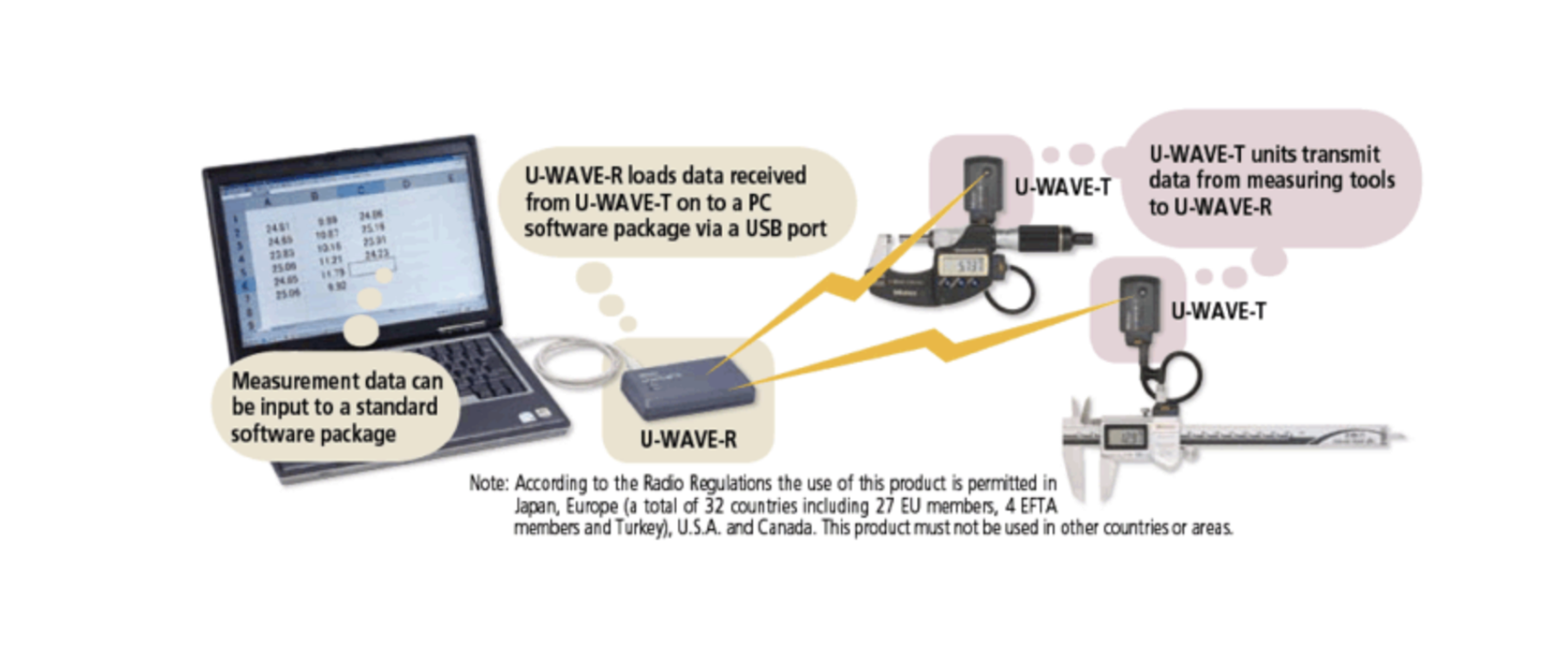How Wazuh Can Help When Scam Victims Are Normal People
In today's digital landscape, scams targeting ordinary individuals are becoming increasingly sophisticated and widespread. From phishing emails to scam calls and malicious SMS campaigns, the tactics used by cybercriminals often aim to exploit unsuspecting individuals. While Wazuh—a powerful, open-source security platform—is typically associated with securing organizational infrastructure, it can also play a pivotal role in protecting normal people from falling victim to scams.
This article explores how Wazuh can detect, mitigate, and prevent scam activities, ultimately protecting individuals and safeguarding their digital lives.
Understanding the Problem
Normal people often fall prey to scams such as:
- Phishing Campaigns: Fraudulent emails or text messages aiming to steal sensitive information.
- Scam Calls: Fake phone calls impersonating legitimate organizations.
- Smishing (SMS Phishing): Messages containing malicious links or requests for personal data.
- Fraudulent Use of Systems: Cybercriminals exploiting legitimate infrastructure to execute scams.
These attacks may originate from compromised organizational systems or from infrastructure set up by scammers. Wazuh’s ability to monitor, analyze, and respond to suspicious activities can help disrupt these scams at various stages.
How Wazuh Can Help Protect Individuals
Workflow: How Wazuh Detects and Mitigates Scams
graph TD
A[Start] --> B[Collect Logs from Systems]
B --> C[Analyze Logs for Patterns]
C --> D{Suspicious Activity Detected?}
D -->|Yes| E[Trigger Alert]
D -->|No| F[Continue Monitoring]
E --> G[Classify Activity Type]
G --> H{Scam Detected?}
H -->|Yes| I[Correlate with Threat Intelligence Feeds]
H -->|No| F
I --> J[Block Malicious Source]
I --> K[Notify Admin/Users]
I --> L[Generate Incident Report]
J --> M[Update Rules and Threat Feeds]
K --> M
L --> M
M --> N[Continue Monitoring]1. Detecting Scam Campaigns at Their Source
Organizations, service providers, and IT administrators can use Wazuh to:
- Monitor Email Servers: Detect mass phishing campaigns or scam emails sent from compromised systems.
- Analyze Call Logs: Identify suspicious calling patterns, such as high call volumes to specific regions or repeated attempts to call blocked numbers.
- Inspect Network Traffic: Monitor for communications with known malicious domains or IPs flagged by threat intelligence feeds.
By identifying these activities early, organizations can prevent scams from reaching individuals.
2. Blocking Scams Before They Reach Victims
When suspicious behavior is detected, Wazuh can take proactive measures, such as:
- Blocking Malicious IPs and Domains: Prevent access to websites hosting phishing pages or malicious downloads.
- Disabling Compromised Accounts: Stop scammers from using legitimate accounts to target individuals.
- Alerting Service Providers: Notify VoIP or email providers of misuse, enabling them to block scam-related traffic.
3. Identifying and Responding to Threats
Wazuh provides actionable intelligence that helps organizations respond effectively to scam-related incidents:
- Real-Time Alerts: Notify administrators of activities such as:
- Outbound calls to flagged numbers.
- Bulk email or SMS-sending campaigns.
- Incident Reports: Generate detailed reports for investigating and mitigating scams.
4. Protecting Customer and Employee Data
Organizations can safeguard their customer and employee data to prevent misuse:
- File Integrity Monitoring (FIM): Detect unauthorized changes to databases storing sensitive customer information.
- Endpoint Security: Monitor employee devices for signs of compromise, such as the installation of scam-related tools or malware.
- Compliance Management: Ensure systems comply with regulations like GDPR or CCPA, reducing the risk of data breaches that fuel scam operations.
5. Enhancing Public Awareness
Organizations can use insights gained from Wazuh to inform and protect the public:
- Publishing Alerts: Share information about active scams, including phishing patterns, suspicious numbers, or email domains.
- Educating Users: Provide customers with tips on recognizing and avoiding scams.
Real-Life Use Case
Imagine a scenario where scammers compromise a company's email server to send phishing emails to thousands of individuals. Here’s how Wazuh can intervene:
- Detection: Wazuh monitors email logs and detects a spike in outbound emails with phishing keywords or suspicious links.
- Response: Alerts are sent to administrators, who promptly disable the compromised account.
- Prevention: The malicious IPs and domains associated with the phishing links are blocked, preventing further attacks.
- Awareness: The organization informs affected individuals about the phishing attempt, helping them stay vigilant.
How Service Providers Can Use Wazuh to Help Normal People
Telecommunication companies, ISPs, and email providers can leverage Wazuh to:
- Monitor their infrastructure for signs of abuse by scammers.
- Automatically block suspicious traffic to protect their users.
- Collaborate with law enforcement to trace and shut down scammer operations.
Conclusion
While Wazuh is primarily designed to secure IT environments, its capabilities can significantly benefit ordinary people by detecting and mitigating scams before they reach their victims. Organizations that adopt Wazuh not only protect themselves but also contribute to a safer digital environment for everyone.
By leveraging Wazuh’s powerful monitoring, detection, and response tools, organizations can take a proactive stance against scams, reducing their impact on individuals and building a more secure online world.
Would you like to learn more about configuring Wazuh to protect against scams? Let us know!
Get in Touch with us
Related Posts
- 面向中国企业的系统开发:以 AI + 工作流安全集成电商与 ERP
- Global-Ready System Development for EC–ERP Integration with AI & Workflow
- 不可靠的“智能”系统所隐藏的真实成本
- The Hidden Cost of ‘Smart’ Systems That Don’t Work Reliably
- GPU vs LPU vs TPU:如何选择合适的 AI 加速器
- GPU vs LPU vs TPU: Choosing the Right AI Accelerator
- 什么是 LPU?面向中国企业的实践性解析与应用场景
- What Is an LPU? A Practical Introduction and Real‑World Applications
- 面向软件工程师的网络安全术语对照表
- Cybersecurity Terms Explained for Software Developers
- 现代网络安全监控与事件响应系统设计 基于 Wazuh、SOAR 与威胁情报的可落地架构实践
- Building a Modern Cybersecurity Monitoring & Response System. A Practical Architecture Using Wazuh, SOAR, and Threat Intelligence
- AI 时代的经典编程思想
- Classic Programming Concepts in the Age of AI
- SimpliPOSFlex. 面向真实作业现场的 POS 系统(中国市场版)
- SimpliPOSFlex. The POS Designed for Businesses Where Reality Matters
- 经典编程思维 —— 向 Kernighan & Pike 学习
- Classic Programming Thinking: What We Still Learn from Kernighan & Pike
- 在开始写代码之前:我们一定会先问客户的 5 个问题
- Before Writing Code: The 5 Questions We Always Ask Our Clients














